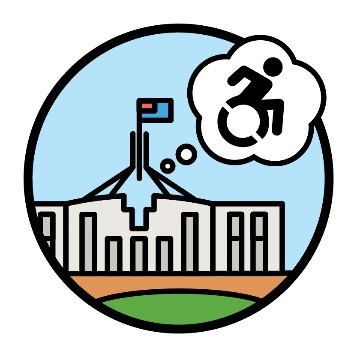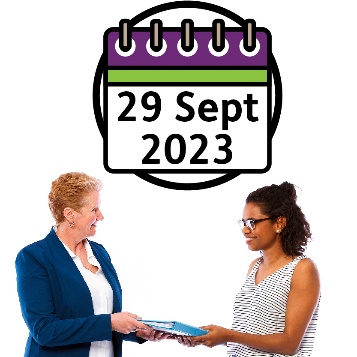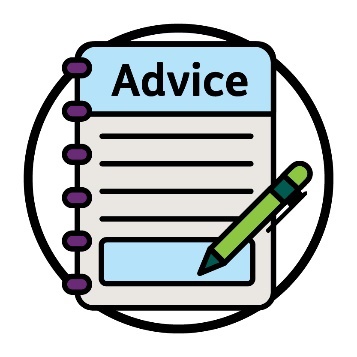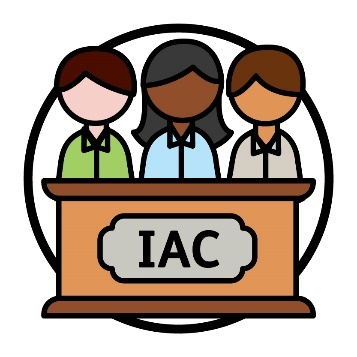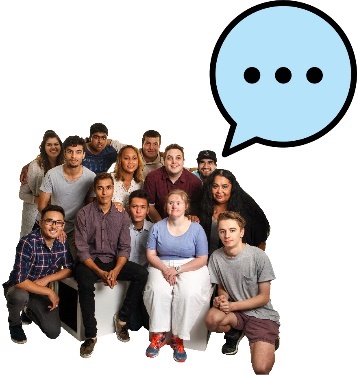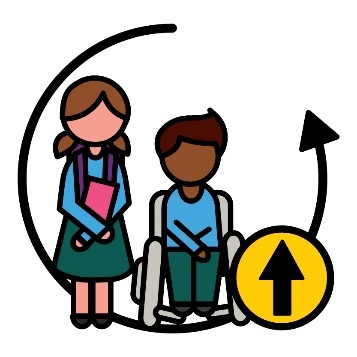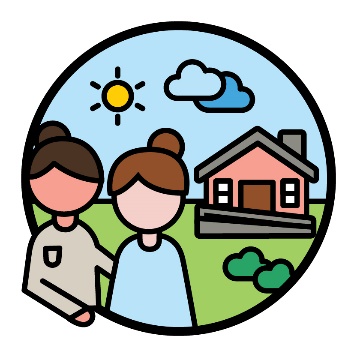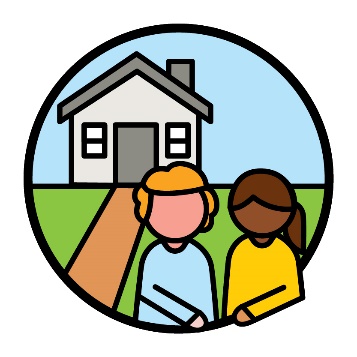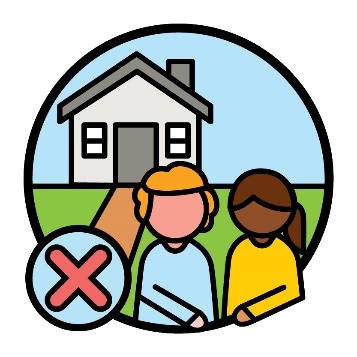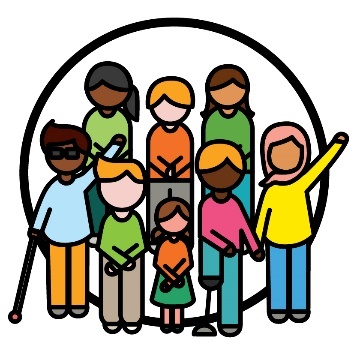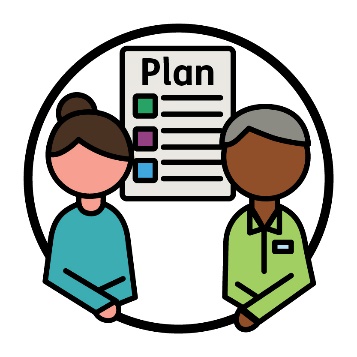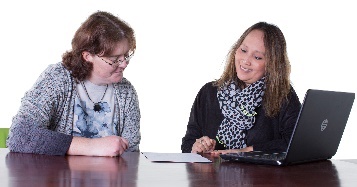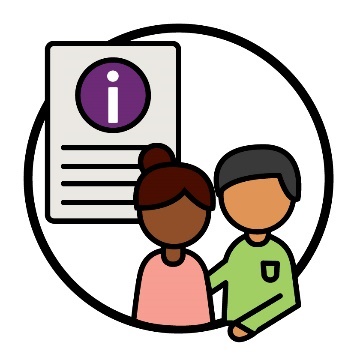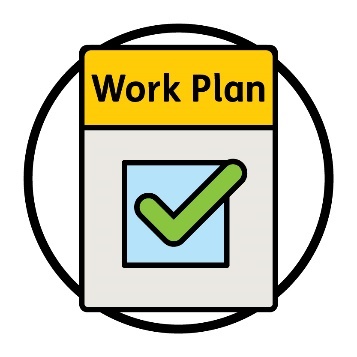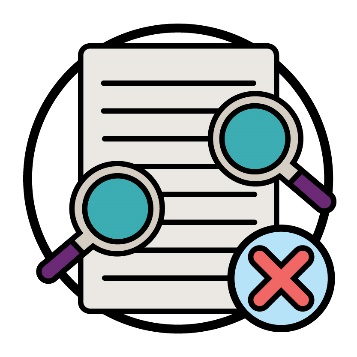What important updates were in the meeting?
Thoughts on the Disability Royal Commission
|
|
Dr Rhonda Galbally talked to IAC Members about her work with the Disability Royal Commission. |
|
|
|
On 29 September 2023 the Disability Royal Commission shared their final report. |
|
|
|
Rhonda explained what the Australian Government will do next with the advice from the final report. |
|
She also explained it’s important for the IAC to: |
||
|
|
|
|
|
|
|
|
|
|
IAC Members shared that there should be better home and living supports for people who want to live on their own. |
|
|
|
IAC Members also shared that schools should be more inclusive for people with disability. |
|
Supported independent living (SIL)
|
|
An NDIA staff member talked to IAC Members about supported independent living (SIL). |
|
|
SIL is help with day-to-day tasks around your home so you can:
|
|
|
They gave IAC Members an update about how the NDIS will support choice and control for participants. |
||||
IAC Members explained that some people don’t know: |
|||||
|
|
|
||||
|
|
|
||||
|
|
IAC Members shared that the NDIS should offer more home and living options that support what participants need. |
||||
|
|
IAC Members explained that individualised living options (ILO) can support people to live alone. ILO is a way of setting up the support you want at home. |
||||
|
|
Many people use SIL. But not as many people use ILO. |
||||
|
|
IAC Members want to know what stops people from using ILO. |
||||
|
|
IAC Members shared that the NDIA should work to understand why more people are not using ILO. |
||||
IAC Members shared that there should be more information about ILO for: |
|
|
|
|
|
|
|
|
|
A support coordinator is someone who helps you plan and use your supports. |
|
|
For example, information that will promote people with disability who use ILO living with people without disability. |
|
|
IAC Members explained that it’s important people with disability still have choice and control to live on their own. |
IAC Reference Group Work Plans
|
|
IAC Members talked about the work the IAC’s 4 Reference Groups will focus on. |
|
|
A Reference Group is a group of people who give us advice about a certain topic. |
|
|
IAC Members also talked about how this work will support the IAC’s Work Plan. The Work Plan is a document that explains what the IAC will work on. |
|
|
IAC Members explained that the IAC and their Reference Groups should not all focus on the same work. |
